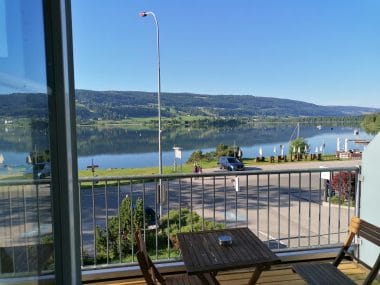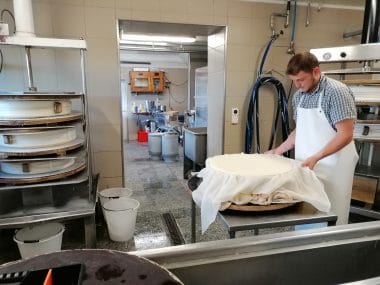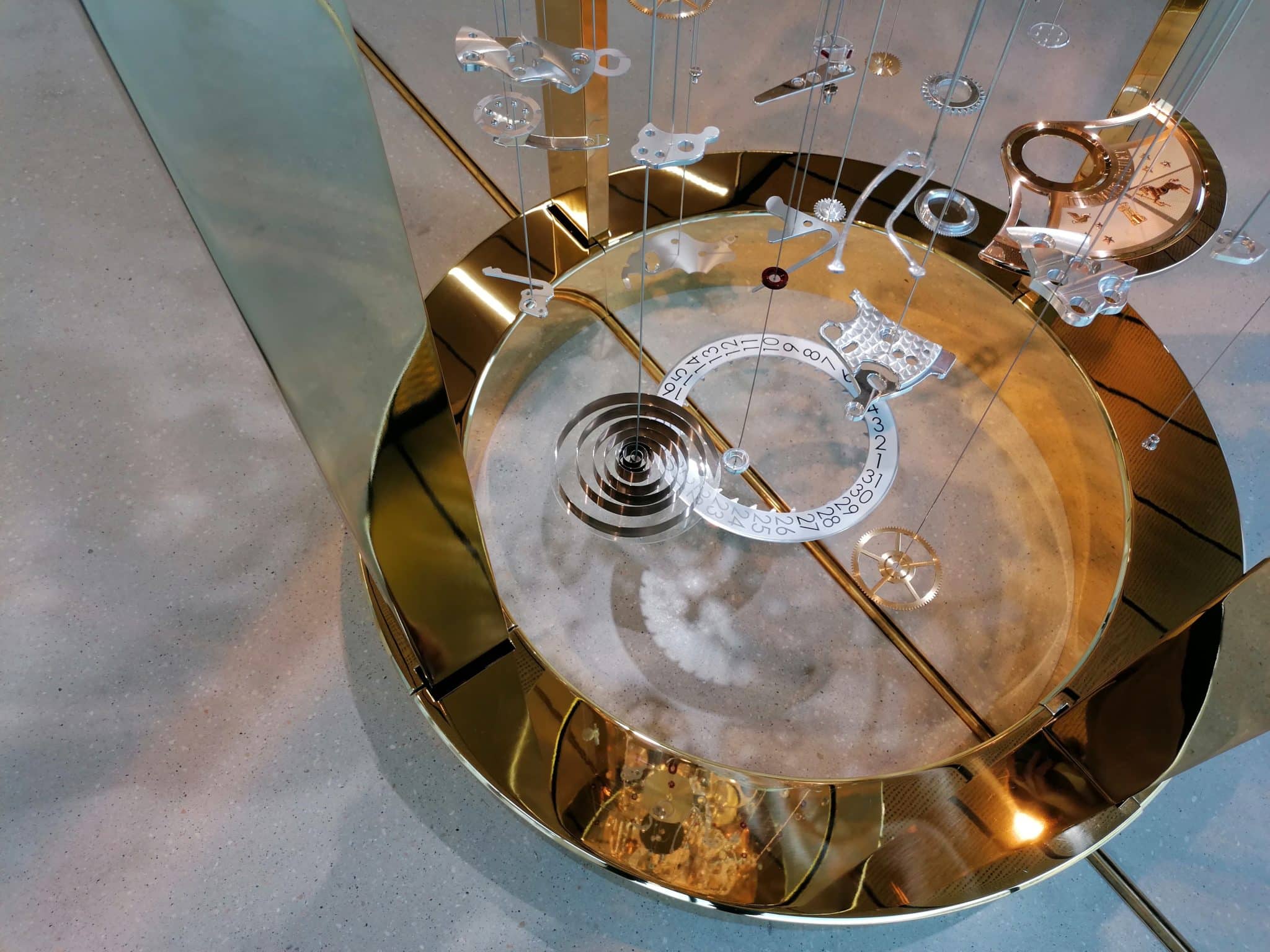Anyone who wants to know what time it is today reaches into their trouser or jacket pocket and pulls out their mobile phone. And those who still wear a wristwatch on their wrist often only do so because the good piece represents a kind of jewelry for him or her. Sometimes, however, watches are simply an investment, as a quick glance at the “Espace Horloger”, a museum of timepieces in the Swiss Vallée de Joux, canton of Vaud, convinces you. Here, a small, fine army of watches represents part of the past of the remote valley in the canton of Vaud. Tick-tock, tick-tock, it’s that easy to slow down. You will usually look in vain for analogue chronometers here, this museum place is still dominated by the hour and minute hands.
We are in the very northwest of Switzerland, where the valleys are still rough and the people are sometimes a little reserved, but honest. In this francophone part of the country, some people prefer to remain silent rather than babble out too much. Nature in French-speaking Switzerland is still genuine, unbreakable. Two Jura chains nestle close to the “Lac de Joux”, the lake that gave its name to the area that is still unknown to many. Sun lovers quickly get shivering, the average July temperature in Le Sentier is below 14 degrees. In winter, however, the water freezes over quite quickly, which is very convenient for the ice skaters. They then glide more or less elegantly along the largest natural ice rink in Europe. The surrounding mountains are great for skiing, but this is still more of an insider tip among winter sports enthusiasts. The Vallée de Joux still has a lot of capacity for tourism, those who want to enjoy the good air here will find relaxation and recreation. And he goes a little away from the hustle and bustle of the world: “We live here in a completely closed valley,” the residents like to say, “and that has shaped us.” You often drive quite far in the heights until the next farmstead comes, even today.

But because people in the Vallée also liked to think outside the box in earlier centuries – in this case over the local mountain ranges – one or the other former inhabitant courageously hiked to nearby Geneva to the south. Where Swiss watchmaking has its cradle, so to speak; the father of the philosopher Jean-Jacques Rousseau, born in 1712, was already active in this respectable trade in the then city-state. So it was obvious that this exclusive skill was purposefully exported by foreign apprentices or master craftsmen to their home countries. At home, these well-travelled artists showed their newly acquired art to the farmers of the area. What quickly revolutionized their everyday life: In summer, the farmers of the Vallée de Joux continued to be in the field in all weathers. In winter, the living room was dedicated to the complex assembly of pocket watches, which were trendy at the time, as an additional means of earning a living. Having a fine hand has always been a fundamental prerequisite for the creation of the filigree pieces. To this day, the valley is known worldwide and famous for the particularly sophisticated “complications”, i.e. the additional functions of the movement.
During a guided tour of the “Espace Horloger” in Le Sentier, you can hear more details about the history of this part of Vaud: “From the first half of the 18th century, iron parts were produced in the Vallée de Joux, which were initially used for large clocks,” explains Sonja Pousset from the “Espace Horloger”, the museum of this art. Gradually, the production of timepieces gained ever greater importance, and the Technical School has long since trained the masters of tomorrow. After all, the noble timepieces are supposed to keep ticking here. The long line of prominent brands that have moved their production to the humble village of Le Sentier is also impressive: Patek Philippe, Vacheron Constantin – the oldest continuous watch manufacturer in the world –, Jaeger-LeCoultre, Gérald Genta. Most of these companies have the typical Swiss understatement, and some producers are also bluntly self-confident. In another village here, Le Brassus, for example, the Musée Atelier Audemars Piguet has pitched its luxurious tents. There, too, you notice at first glance that the brand plays in the upper class of its league – and they are by no means willing to hide this. The “Musée Atelier”, which was only built in 2020 with selected exhibits from its own history, testifies to undisguised pride in its own skills and will.

From the dazzling gold and silver that caresses the works of Audemars Piguet, it is much simpler to climb up to the alpine pasture “Le Pré de Bière”. The farm is located at lofty heights in the middle of 116 hectares of Jura pastures, where over 100 cows find their feed between June and September. The cattle of the Vallées are used to harsh conditions and calmly consume the grass of the high valley. On “Le Pré”, which belongs to the village of Le Bière, a long line of food products is produced. Visitors will find a shop and an outdoor show dairy, and the tasty, home-made products are welcome to take away. Alpine meat, cheese and sweets – meringen, homemade ice cream or honey – are among the best sellers.” We use traditional production out of conviction and rely entirely on the unadulterated products of nature,” emphasizes the Germain family, who farm here at 1345 meters above sea level.
At the end of an exciting journey, the Vallée de Joux reveals itself to us as a place where apparent opposites – such as pure luxury and lived, simple tradition – coexist peacefully. The people of Vaud are proud of their rich history. They have successfully brought the barren mountain soil and the skills of their ancestors into modern times. For sports, watch and nature lovers, it is worthwhile to discover this gem hidden between mountain ranges all year round. Everyone else will certainly find their own way to discover their love for this formerly rather remote Swiss valley. Here, where the mostly handmade watches tick a little differently than elsewhere; but certainly always correct to the hundredth.


